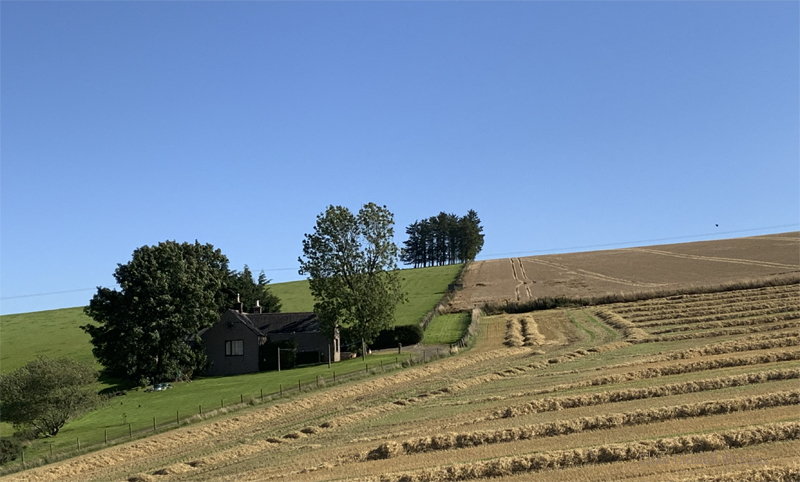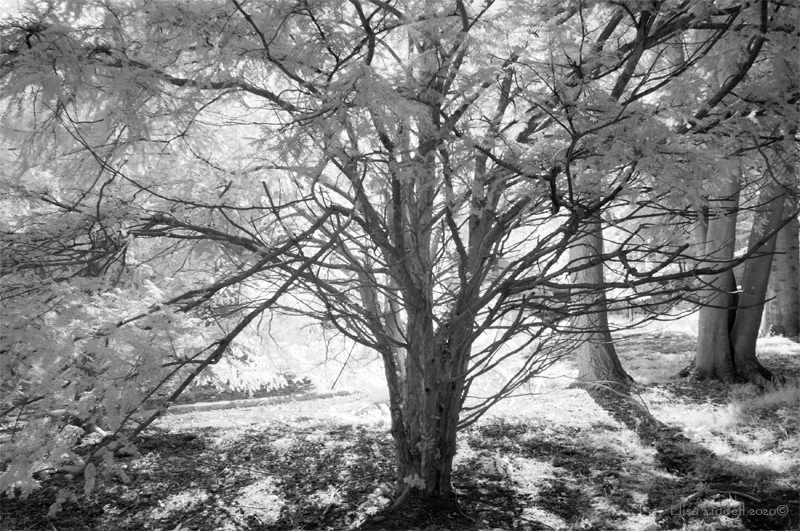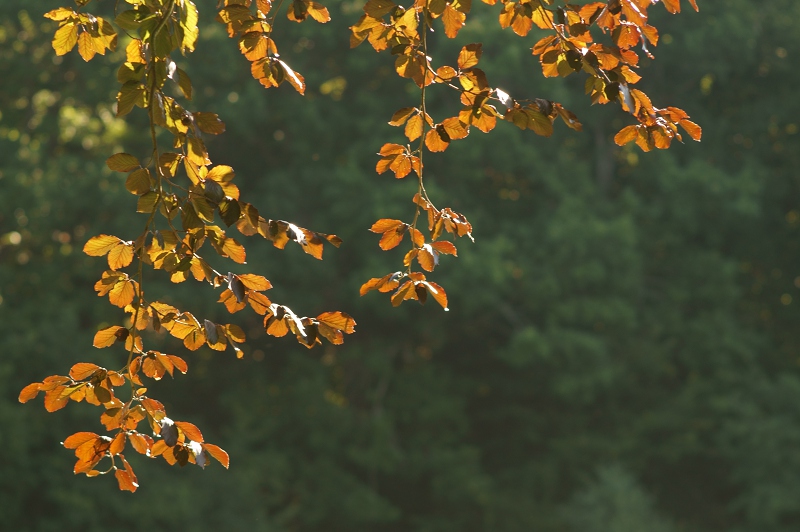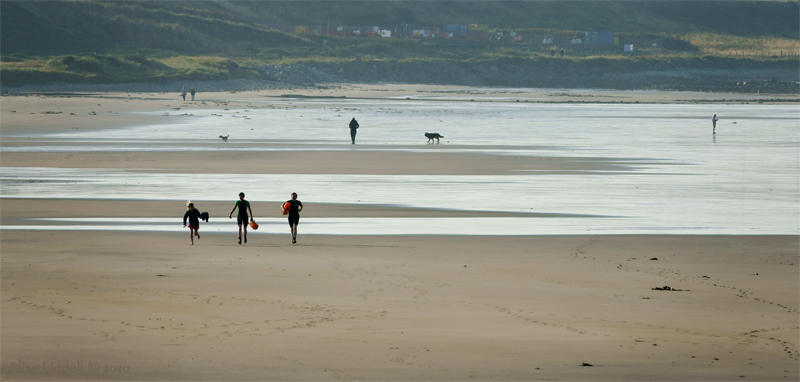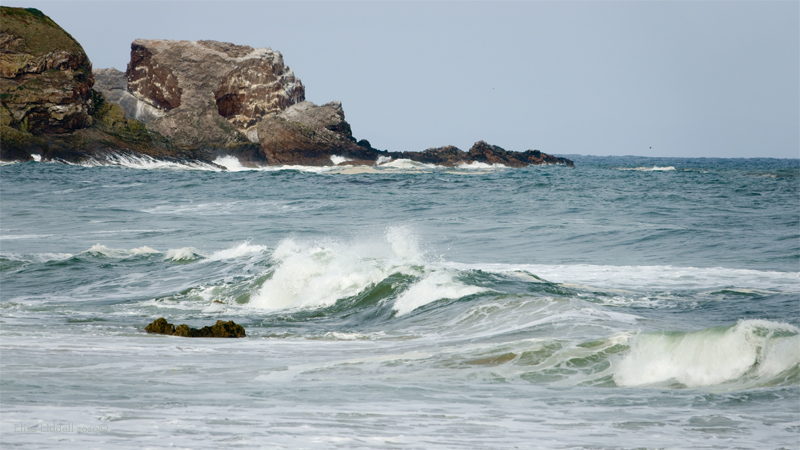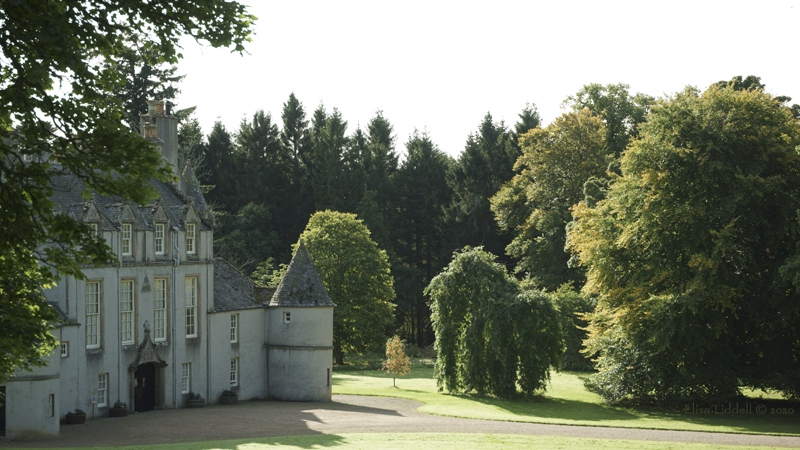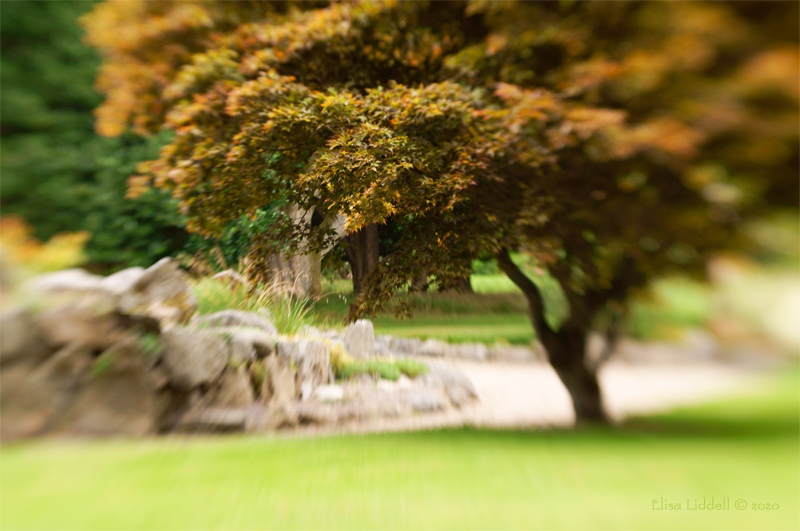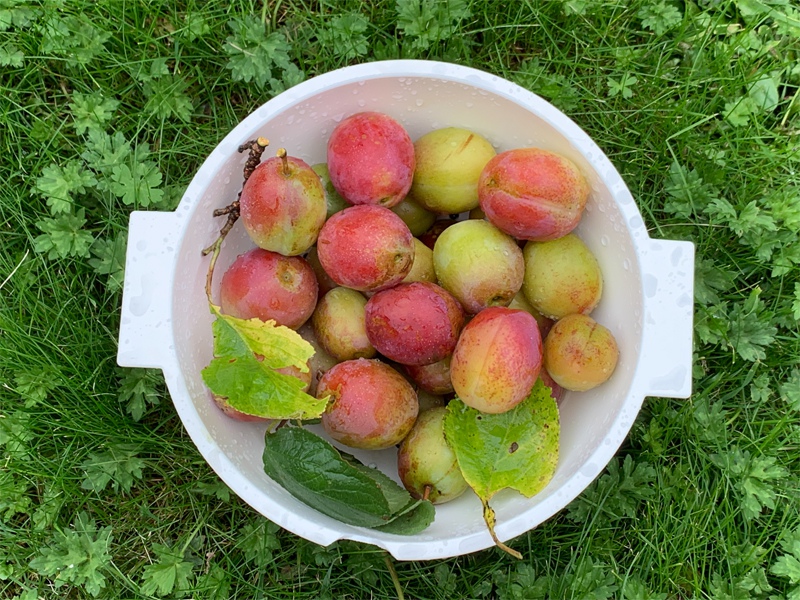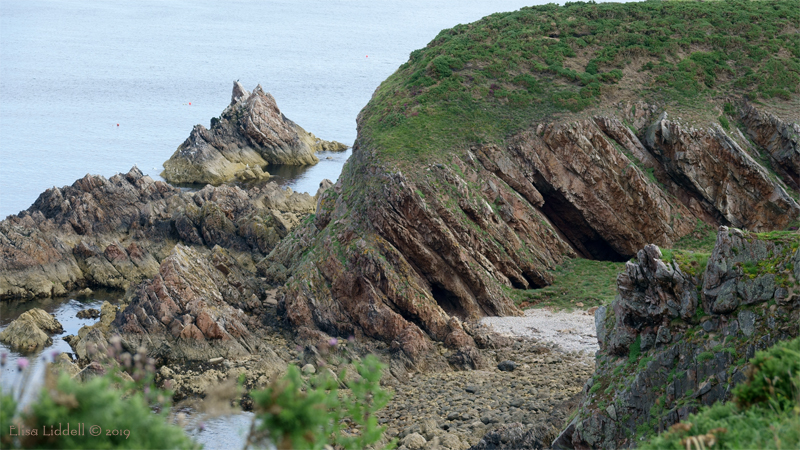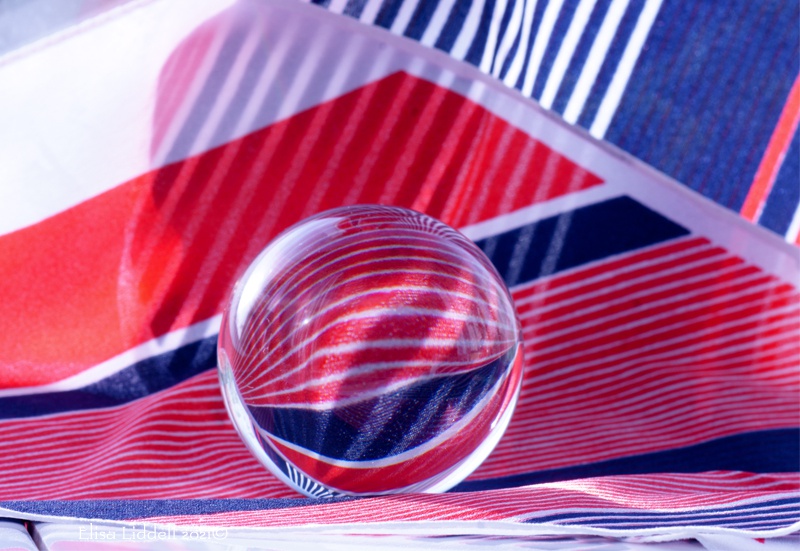
Spring is still an uncertain quantity as May begins. May 6th saw the elections to Holyrood – and the now familiar hail and gales were in evidence everywhere, with several inches of snow in the Highlands. Despite months of mud-slinging by opposition parties, and the late disruption of Alex Salmond creating a new party, the SNP led by Nicola Sturgeon emerged triumphant for a 4th term. There were huge sighs of relief, and not just here!!
As the weather remains so variable we have remained indoors a whole lot more than usual. And I have started a series of shoots of my assorted crystal balls, larger orbs and marbles. From the tiniest crystal or marble to tennis ball size and even larger, they all have their magic to weave!
The page header is a small crystal orb on a silk scarf, giving a vibrant pattern of lines and colours, reflected and refracted in the clear glass.
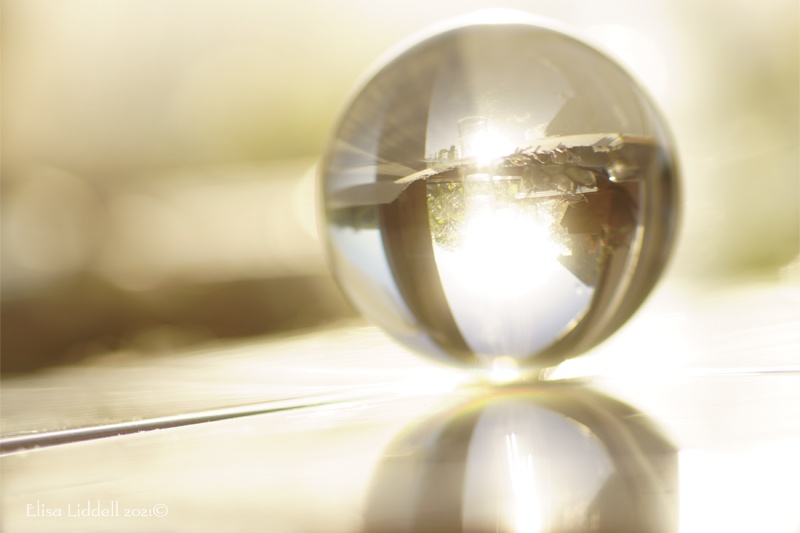
And here the same crystal was set in the window to catch the low early morning sun. With all the refracted light and inverted image of the window, the garden beyond and the sky – it is both simple and complex … and quite magical!
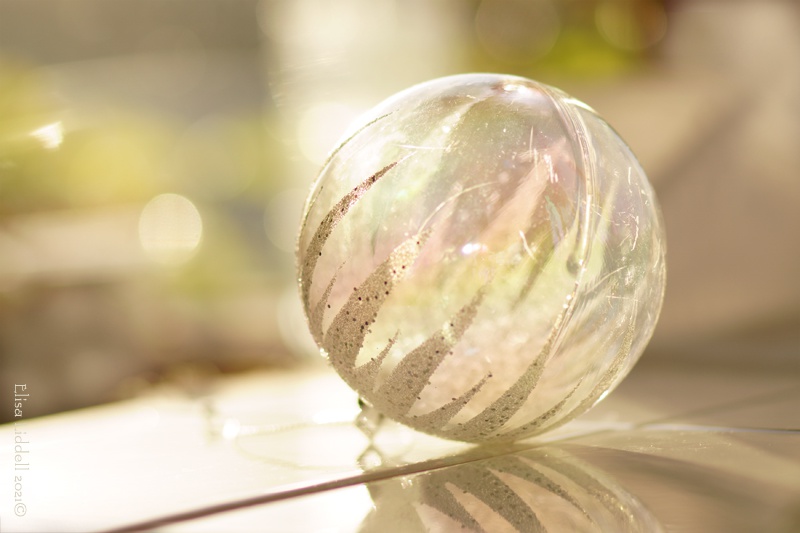
This time it was plastic, not glass or crystal – a favourite decoration that never gets put away with the rest of the Christmas things! It is one of my photo props that always delivers!
And May has a special significance for me, as May 12th is the birthday of Florence Nightingale. No – not for the current pandemic and all the magnificent efforts being made by nurses worldwide – but because we now think that in later life she suffered from what we now call M.E. or Post Viral Syndrome (PVS).

PVS is what changed my life back in the 1980s. It is full of resonance now, as Long Covid is just the latest version of Post Viral Syndrome! It is undoubtedly a truly vicious virus, but there are so many similarities to previous viral attacks and their aftermath – I do hope that the medical people trying to deal with Long Covid will realise the link and draw on our experiences to help their search for ways to handle post viral events both past and present!
I’ve written about ME and Me on Inedita.
And talking of Inedita itself – it has been 3 years since we began to build this site! Time does fly!! And I decided it was time to design us a new site image.
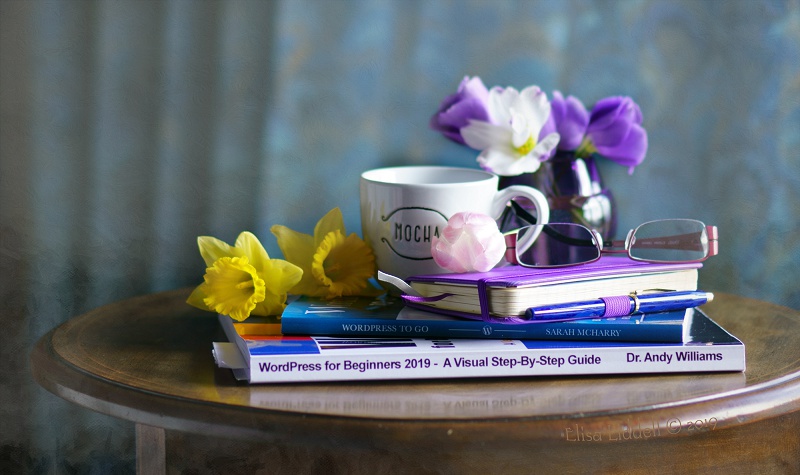
Our first one expressed how new we were to WordPress as our means of building (well re-building) The Liddells website. Previously I had used Dreamweaver and Microsoft FrontPage 2003. But times changed, and I needed a new platform. We’d both been writing many articles, and hosting them on a friend’s website but we wanted to collect the material together, as well as writing more personal sections, such as this Journal!
So I set about finding a new image that would combine Mike’s literary strands with my photographic ones ……
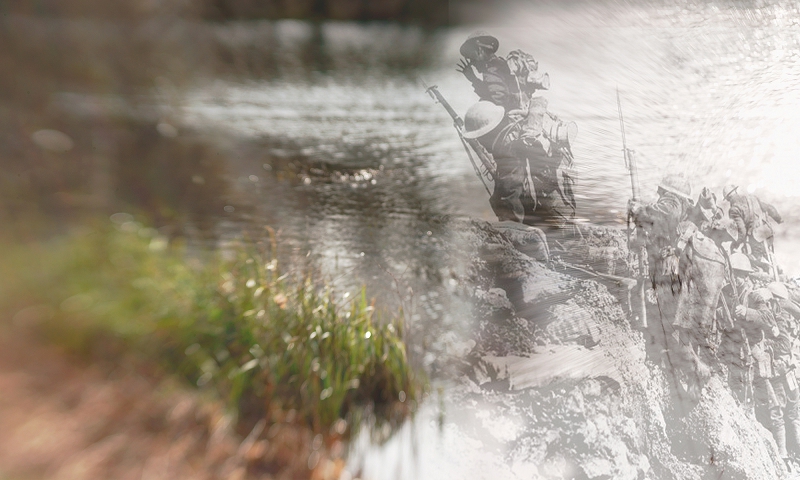
So I took the theme of Seigfried Sassoon, who’s poetry Mike has written about extensively in Sassoon Agonistes and combined a WW1 image with a photograph of my own, taken with the Lensbaby an optical system I’ve written about on Inedita too. Merging and blending images is something I enjoy, using photographs, and sometimes blending a photo with a watercolour image. There’s an album of some of the blends I’ve done on Flickr here.
And so May ends with my collage of shots and images I posted to Flickr this month.
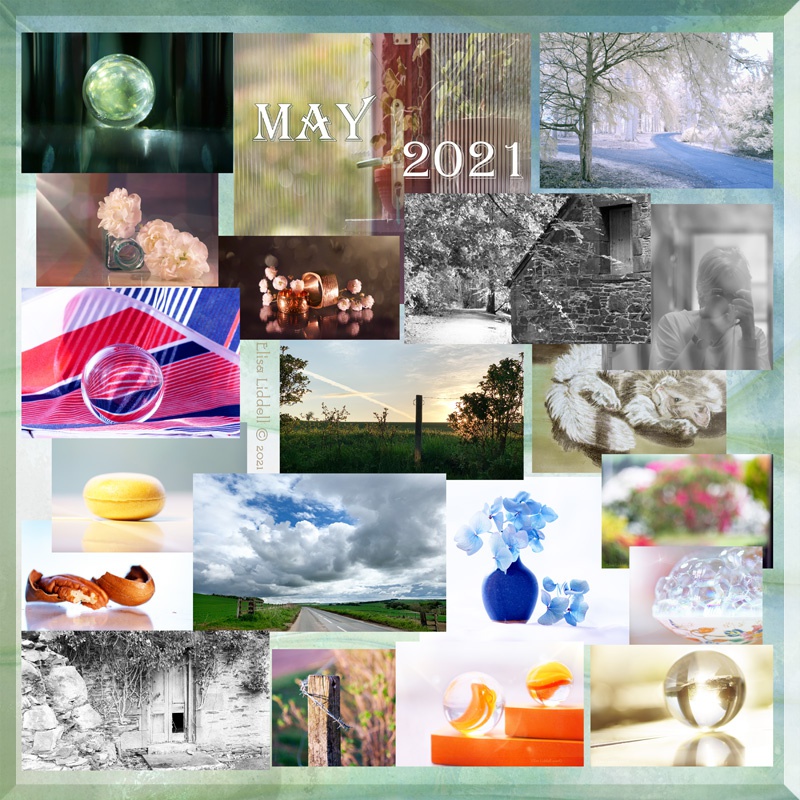
And on to June, and welcome summer with the Delta variant?
Back to Journal Page
Back to Notebooks cover
Flickr holds Elisa’s online Photo Gallery
© 2021 Elisa Liddell


